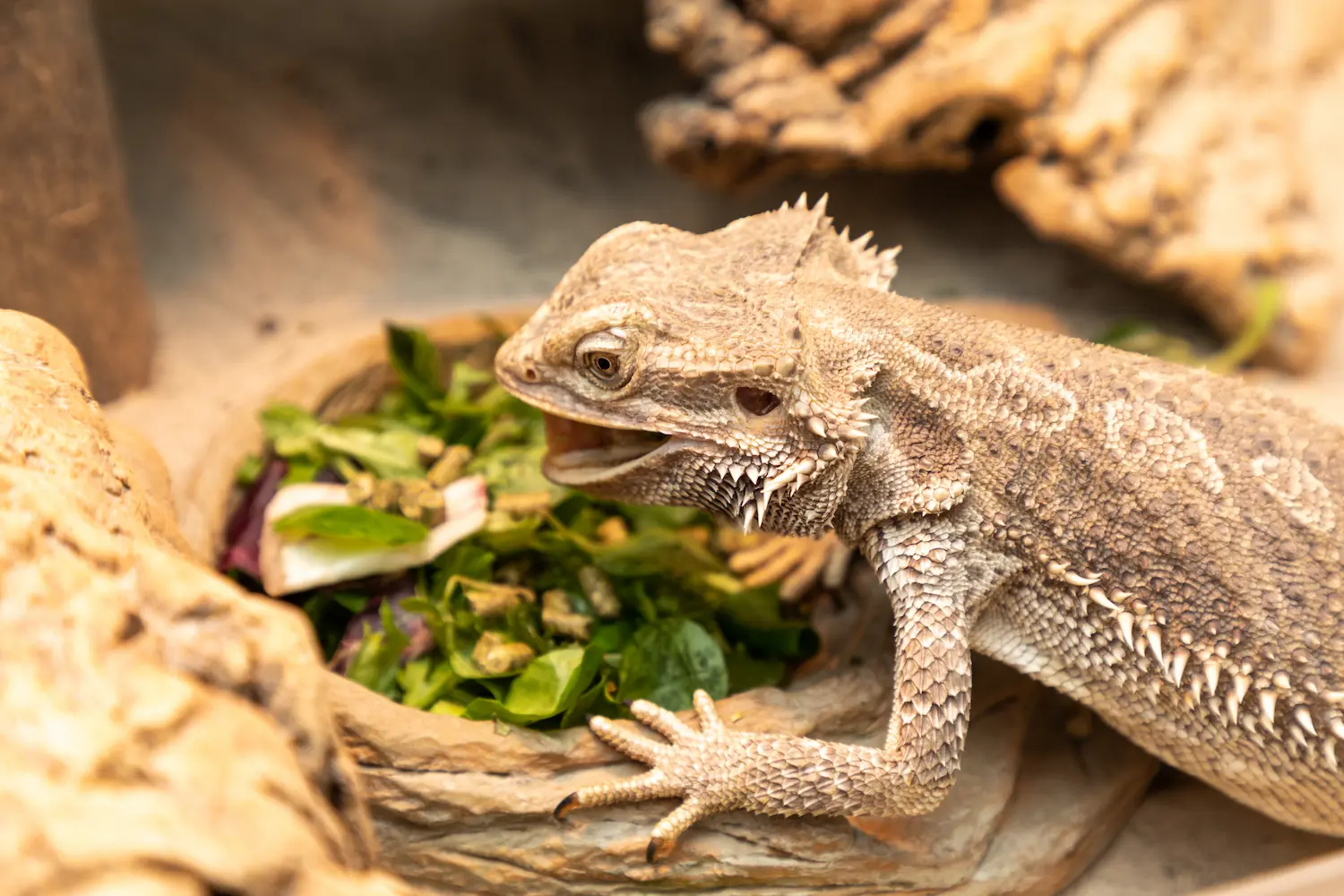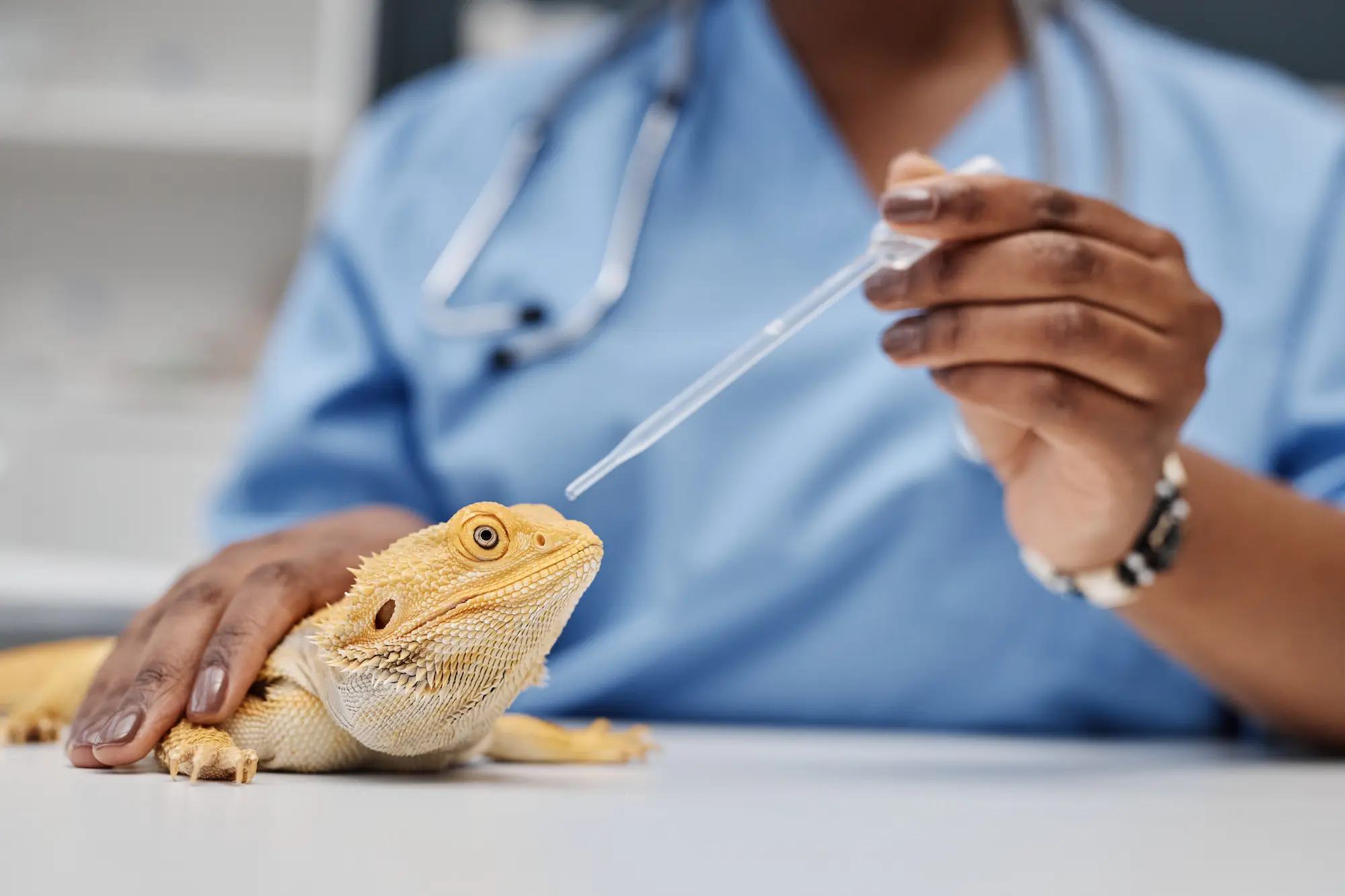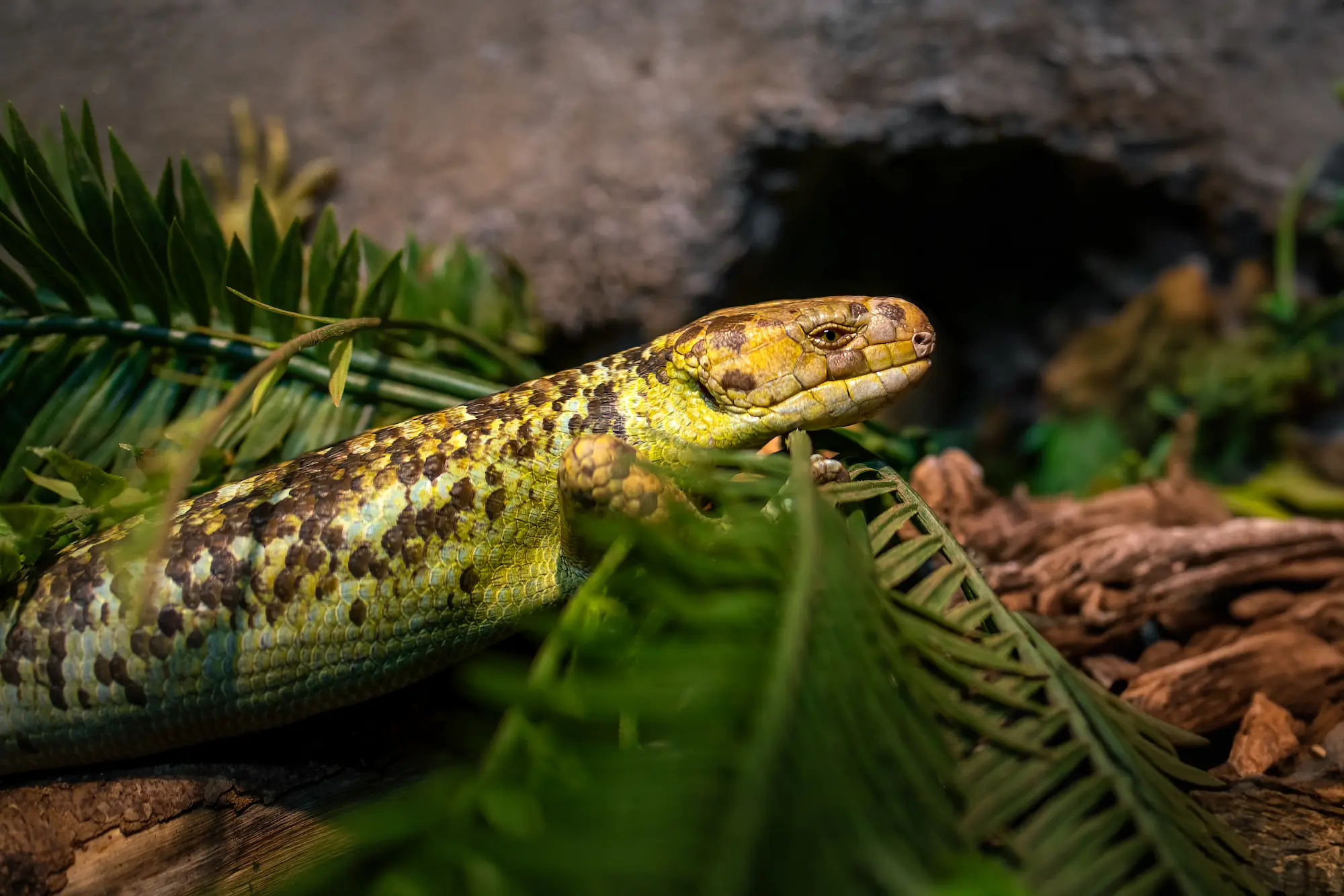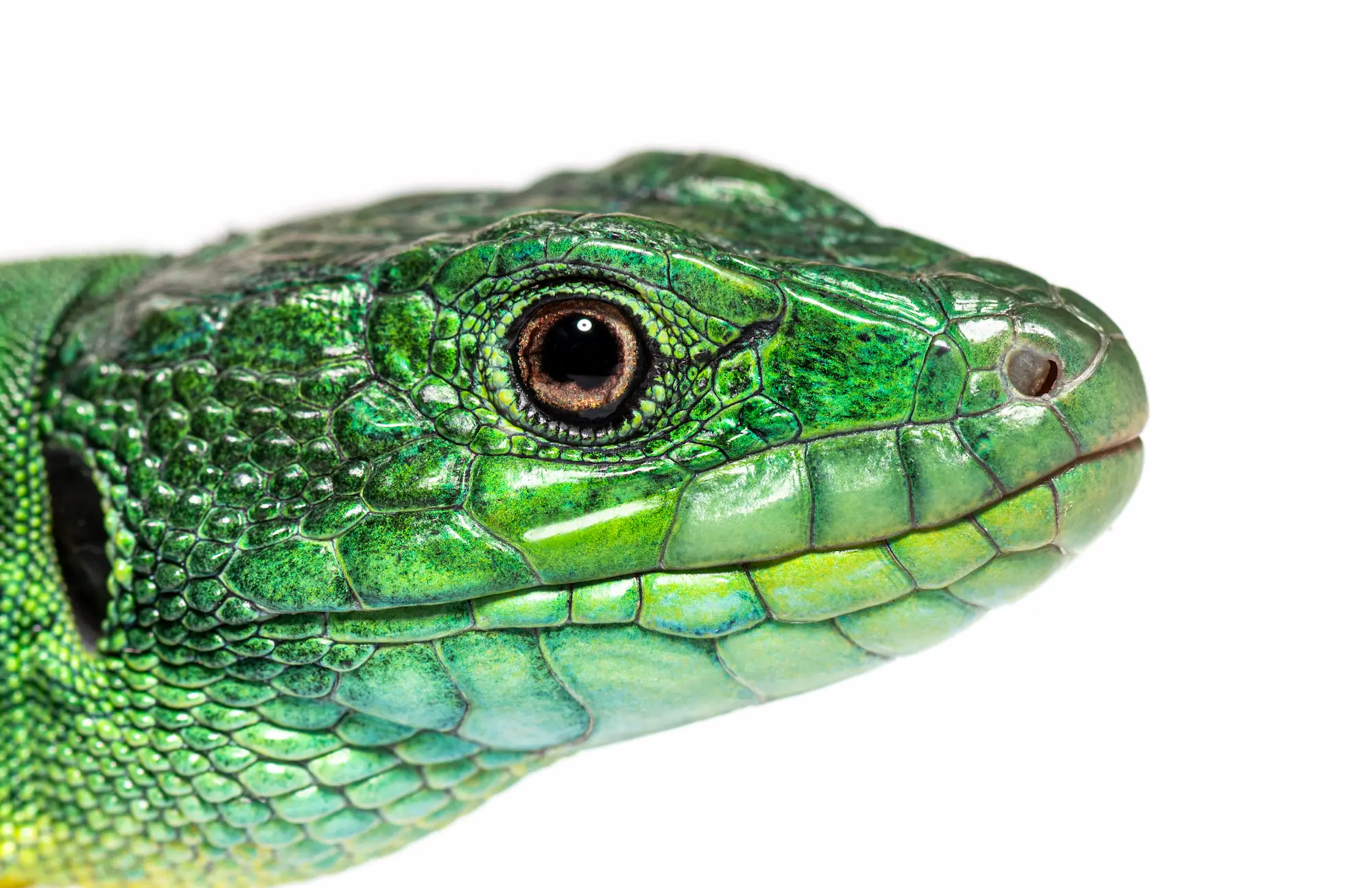It is the right time to meet one of the most interesting, easy-going, and apartment-friendly pets which are crested geckos. Because of their big round eyes, the sticky toe pads and individual attitudes, these calm warm-blooded animals are wonderful pets, especially for new-comers.
Read up on this comprehensive guide on crested geckos, and Correlophusciliatus, to gain all the information that you need on this fascinating pet.
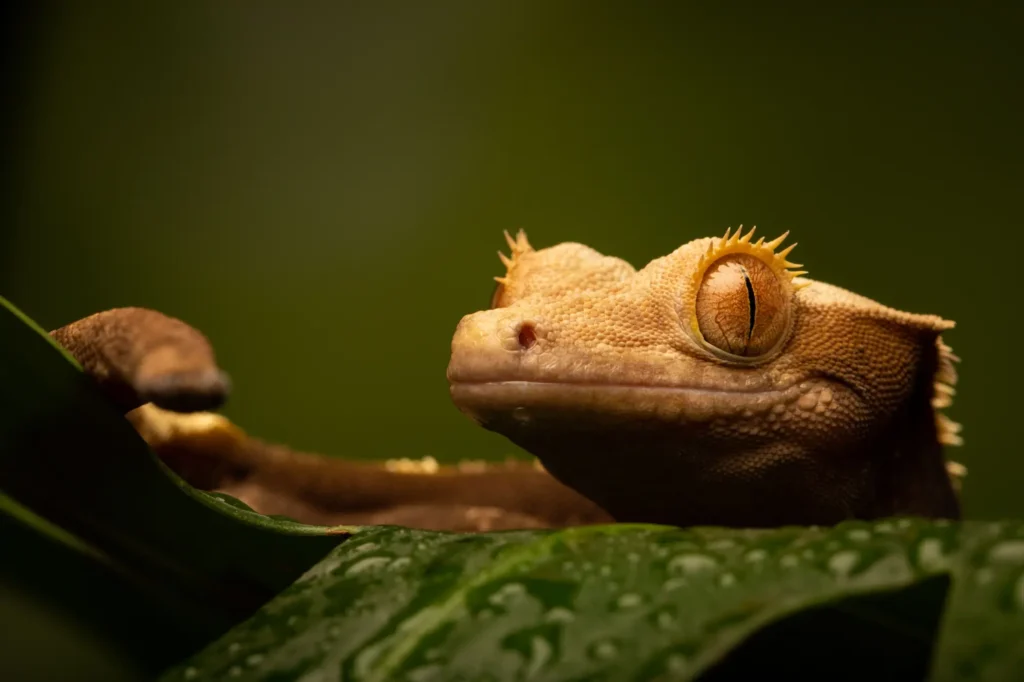
A Brief History and Origin of the Crested Gecko
Crested geckos are found on the South Pacific island group called New Caledonia which is south of the equator near the eastern coast of Australia. These cute reptiles were believed to be destroyed for the possibility of ever making a return, but much to the disappointment of this observation the possibility of these reptiles making a comeback was rediscovered in 1994. After that they were reintroduced they became quite popular with the pet industry soon enough. Wild crested geckos are found in short trees and bushes where they have their food source, large insects and fermented fruits at night and bush in the day.
The crested are polymorphic and therefore, there are no two geckos that will have the same skin pattern and/or color.
These geckos are named after the crest or ridge which runs from the back of their heads to their necks.
How Long Do Crested Geckos Live?
The crested gecko is a fairly unpretentious and small reptile whose life span may reach 20 years. It can take some time before one gets a chance to see them, and this means that keeping them is a long term affair just like maintaining a cat or a dog. Under these circumstances, all members of a household should be aware of all the demands that a pet has and be ready to assume the role of a primary caretaker in case other members of a household fail to do so.
Why Crested Geckos Make Good Pets
Crested geckos are usually amongst the best reptile pets, as the animals’ size is relatively small, and they are quite gentle. Adults grow up to about 8 to 10 inches in size, so it becomes easy to handleCrested geckos. They cannot sting like bees or wasps or snap their jaws like piranhas; but they are not great playmates for young children, although they are good for supervising older children and teenagers.
Setting Up the Ideal Tank for a Crested Gecko
Choosing a Habitat/Tank
Selecting Lighting and Heating
Humidity and Mist the Enclosure
Finding Reptile Decor
Using Bedding/Substrate
For substrate, options like paper towel and coconut fiber can help absorb waste and maintain humidity. Avoid using materials that could be ingested and cause blockages.
Using Bedding/Substrate
For substrate, options like paper towel and coconut fiber can help absorb waste and maintain humidity. Avoid using materials that could be ingested and cause blockages.
Cleaning the Tank
Regular cleaning is essential for good crested gecko care. Spot clean the tank daily by removing visible waste and uneaten food. Every two to three months, perform a deep clean by following these steps:
- Remove Your Pet: Safely take your gecko out and place it in a secure temporary habitat.
- Turn Off Fixtures: Unplug all lighting and heating elements.
- Clean the Decor: Soak decor in hot water with dish soap, then sanitize in a 10% bleach solution. Rinse well and let dry.
- Remove and Replace Bedding: Dispose of soiled bedding and replace it with fresh substrate.
- Wash the Tank: Wipe down the empty habitat with hot water and dish soap, thoroughly rinsing and drying afterwards.
- Use a Terrarium Cleaner: Apply a terrarium-safe cleaner to sanitize and add shine.
- Reassemble the Tank: Replace the decor and bedding, rearranging to keep your pet engaged.
- Restore Heat and Light: Reconnect and turn on fixtures, ensuring proper temperature before reintroducing your gecko.
- Return Your Gecko: Place your gecko back in its clean home and securely lock the enclosure.
What Do Crested Geckos Eat?
In the wild, crested geckos are omnivores and feast on a diet of rotting fruits and insects. In captivity, a balanced diet includes a mix of live insects, like crickets, and commercially prepared crested gecko diets. Ensure the crickets are no larger than the distance from your gecko’s nose to its eye to prevent choking. Gut-load and dust the insects with calcium and vitamin supplements before feeding.
Commercial diets, such as Gecko Gold Powdered Diet, often include fruit flavors like banana, apple, and mango, easily mixed with water into a soft mash. Feed your gecko two to three times a week, and always remove uneaten food within 24 hours to maintain a clean environment.
What Do Crested Geckos Drink?
Handling Your Crested Gecko
Ongoing Care Tips for Crested Geckos
Common Issues
Mouth Health: Look for redness or inflammation around the mouth.
Breathing Problems: Consistent humidity and temperature levels are essential for respiratory health.
Parasites and Skin Health: Monitor for skin rashes, dehydration, and parasitic infections.
Shedding: Crested geckos shed periodically. Provide a light misting to assist in shedding if needed. Adult geckos shed less frequently than juveniles.
Brumation: During colder months, your gecko may become less active and eat less — this is normal. Ensure it still has some daily interaction and monitor for any signs of distress or illness during this period.
Bath time: If ever the skin of your crested gecko looks like it has become wrinkled, then that is a good signal that it is already time for your pet to take a bath. Place a very shallow water dish where the water is neither too hot nor too cold and provide water only up to the belly of the gecko and make sure that you stay around so that the gecko will not escape. Bathing is not required on a regular basis and only if it is felt the dog is dehydrated.
Conclusion
Are you ready to welcome a crested gecko into your home?
Use this ultimate guide to ensure your new pet enjoys a happy, healthy life.

